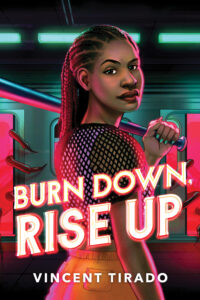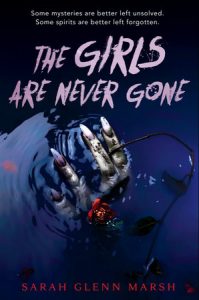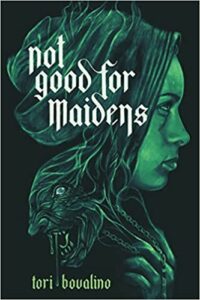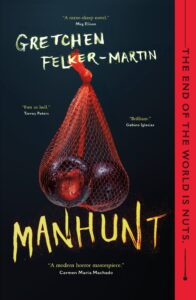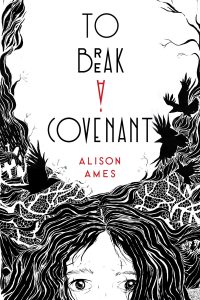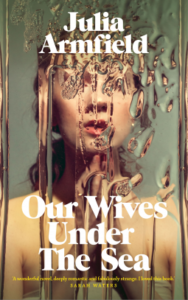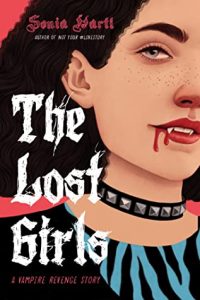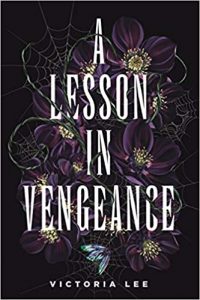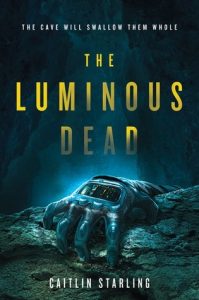Amazon Affiliate Link | Bookshop.org Affiliate Link
I am still a relative newbie when it comes to horror, but Vincent Tirado’s Burn Down, Rise Up served as a fantastic entry point for me. When Bronx high schooler Raquel’s mother falls into a coma with a mysterious illness on the same day that her crush’s cousin disappears, Raquel has no choice but to team up with her crush, Charlize, to save them both. In doing so, they learn of the deadly Echo Game, an urban legend based in the horrifying history of the city, and must put their knowledge as well as their survival skills to the test in order to make it out alive..
This book held my attention from beginning to end—I never wanted to put it down. Though it is a young adult novel, it does not hold back on the horror, the most significant being the real-life history that inspired the Echo. The Echo, we quickly learn, is born of the worst thing that happened in a particular location. The Bronx Echo, then, is filled with decaying buildings and people who are literally on fire, having lost their lives in the 1970s Bronx burning. In defining the Echo, Tirado skillfully weaves in the history of gentrification and redlining so that it feels natural and informative without simply stopping the narrative for a history lesson.
For all of the horror in this book, however, it is also brimming with love—between the individual characters, yes, but for the Bronx itself as well. That theme of community began right from the dedication, and it both raised the stakes and grounded the book in something positive, something hopeful. When a horror story exists in something terrible, the goal is to simply survive, to get out; here, there was something to fight for, something to save.
As for the characters themselves, they shine. I would even go so far as to say Raquel might be one of my absolute favorite YA protagonists. She was clever and determined, and she felt like a real teenager with real teenage concerns on top of the life-or-death scenario she willingly enters to save the people she cares about. What I found particularly effective is that the book takes all of these parts of her seriously. While Raquel worries about her mother and Charlize, she also reminds herself that her mother would not be happy if she woke up and found Raquel had let her grades all fall by the wayside, reinforcing the idea that she has a life outside of these dangers, that she should have a life beyond these dangers.
The relationships that drive the book are strong enough in their portrayal as to be believed. The familiar childhood crush who actually likes you back was adorable, but Charlize as a person was a lot more than simply an object of affection—a particularly impressive feat, considering she is in fact the center of a love triangle featuring both Raquel and Raquel’s best friend. As for the love triangle, it could very easily have become a distraction, but I thought it worked well enough, mostly because, again, Charlize was a strong enough character in her own right that it was easy to see why they liked her so much, but the love triangle always took a backseat to the actual threat to their lives.
My one complaint, nitpicky as it may be: the rules of the Echo seemed unclear in parts. I had to reread certain parts to see if I had misunderstood the rule or the scene, and writing this now, I am still not sure which it was. However, I want to be very clear that this was a minor detail that had no impact on the story itself or my overall enjoyment of it. Everything significant in this book is drawn so vividly that it made this one point stand out to me, but it is very likely other readers will miss it entirely.
Perhaps one of the biggest marks of success for a book is to encourage one to want to read more in its genre, which Burn Down, Rise Up has certainly achieved for me. For readers who are more familiar with horror, however, it is well worth a read on every level, from the frights of the Echo to the even more terrifying history that inspired it.

